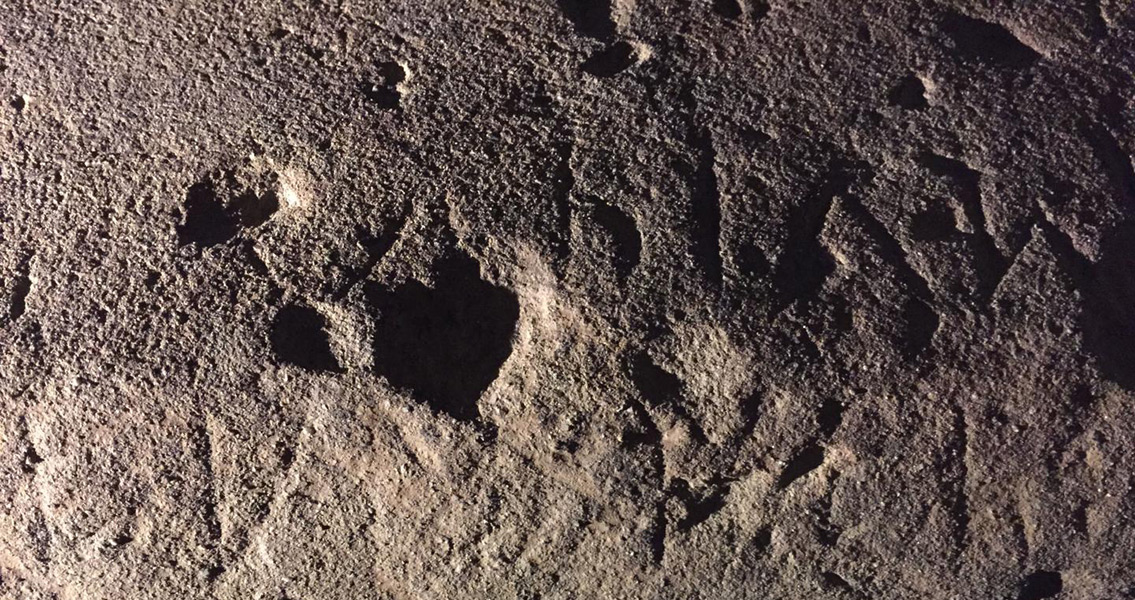<![CDATA[A rare inscription found on a temple stone traced back to the Etruscans has been translated, revealing the name of a pivotal goddess in the civilization’s pantheon to be 'Uni'. The new discovery suggests that the fertility deity – who could have been considered a mother goddess in the locale in which the inscription was found – might have been the same Uni that was venerated at the Poggio Colla sanctuary, located in a key Italian settlement for the ancient Etruscans. Uni is named as part of a sacred text that may be the longest Etruscan inscription ever found inscribed on stone, according to a press release from Southern Methodist University (SMU), the Dallas, Texas-based university that spearheaded the archaeological investigations. Researchers found the stone inscription built into the wall of a temple at Poggio Colla, where a large number of Etruscan artifacts have already been uncovered. The earlier finds reinforce the hypothesis that Poggio Colla hosted a fertility cult, as SMU professor emeritus Gregory Warden remarked that a pottery fragment with the earliest depiction of birth in the history of European art was found at the location as well. However, experts in Etruscan language and culture are still busy analyzing the stele, all 500 pounds of it, in order to translate the text completely. One of the researchers currently working on the project, Adiriano Maggiani, a former professor from the University of Venice, said that the location of the stone at a place where offerings were made, the naming of Uni in the inscription, and the obvious care that was taken in carving the inscription, leads him to believe that the stele might have been a dedication – possibly for the temple itself. Other possibilities for the inscription include a listing of the sanctuary’s laws, possibly in connection with a sacred space such as an altar, Warden added. Right now, much of the translation work done has been preliminary, which has led to the uncertainty of the stele’s role as part of the temple wall. However, Warden stressed that there will be more certainty once the text has been completely reconstructed. Modern knowledge of Etruscan grammar is complete, but a full alphabet and lexicon have yet to be established. With at least 120 characters comprising the stone’s inscription, it seems likely that there will be several new words on the stele that have never been seen before – especially since most surviving Etruscan texts are funereal in nature. The massive stele, made from sandstone, has been dated to the sixth century BCE. It is more than two feet in length and is nearly four feet high; discovered at the Mugello Valley site located in north central Italy northeast of Florence, the stele was found during the final stages of a two-decade archaeological investigation into the region. The researchers are planning to present their findings in Florence at an exhibit later this week. Additionally, there are plans to publish the fruits of their research in an upcoming issue of the journal Etruscan Studies. Image courtesy of Mugello Valley Project]]>
Rare Etruscan Temple Stone Inscription Translated
